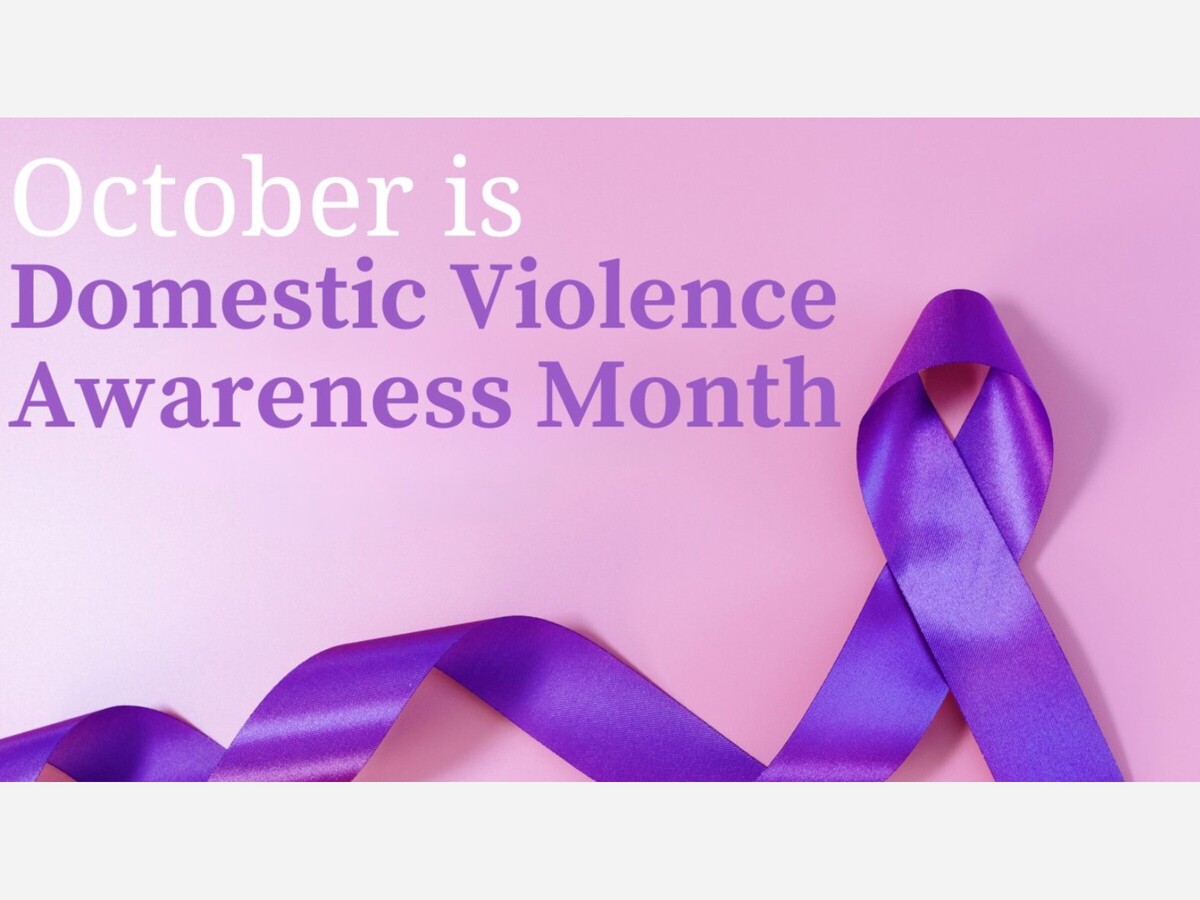Image


Every October, America glows in purple — the color of courage, survival, and remembrance. But beneath the hue of hope lies a brutal truth: for too many people, “home” remains the most dangerous place they know.
This is Domestic Violence Awareness Month, a 37-year-old movement born from grief, resilience, and defiance. First recognized in 1987 and codified by Congress in 1989, it began as a call to stop whispering about abuse and start confronting it. Yet here we are, decades later, still mourning women, men, and children whose lives have been claimed by intimate terror — still watching the same cycle play out behind closed doors, in silence, in fear.
Domestic violence is a quiet epidemic — one that thrives in secrecy and shame. It doesn’t trend on social media for long, and it doesn’t always make the evening news. But it kills. Every day in the United States, more than three women are murdered by a current or former partner. Every minute, nearly 20 people are abused by an intimate partner. And every survivor who survives must then live with the invisible scars: trauma, displacement, isolation, fear.
During the COVID-19 pandemic, reports of domestic violence spiked across the globe as isolation trapped victims with their abusers. Even now, as society “returns to normal,” shelters remain full. The calls for help haven’t stopped — they’ve just grown quieter.
And while domestic violence affects everyone, it doesn’t affect everyone equally. Black women are killed by men at nearly three times the rate of white women. Immigrant survivors often face language barriers and fear of deportation. LGBTQ+ survivors encounter disbelief and systemic neglect. Poverty, racism, and gender inequality don’t just make people more vulnerable — they make it harder for them to escape.
This is not a private matter. It’s a public emergency.
We live in a culture that romanticizes control and mislabels it as passion. A slammed door becomes a “lover’s quarrel.” A bruised arm becomes a “private issue.” Victims are told to “stay for the kids,” or “try harder.” When survivors speak, we ask, “Why didn’t you leave?” instead of “Why did they hurt you?”
This silence — the cultural silence — sustains the cycle of abuse more effectively than any locked door.
In a time when our nation debates every imaginable injustice — racial inequity, reproductive rights, gun violence, political corruption — we still hesitate to confront the violence that happens in bedrooms, kitchens, and living rooms every single day.
If we’re serious about building safer communities, we cannot ignore what happens inside our homes. Domestic violence is not separate from gun violence, homelessness, or public health. It is woven into all of them. In more than half of mass shootings, the perpetrator first targeted a partner or family member. Many unhoused women are fleeing abuse. Hospitals, workplaces, and schools bear the ripple effects of unchecked violence that began as a private scream.
Domestic Violence Awareness Month is not about ribbons and slogans. It’s about responsibility. It’s about asking ourselves hard questions:
It means funding shelters, training law enforcement, reforming courts that fail victims, and addressing the generational trauma that keeps the pattern alive. It means talking to our sons and daughters about love that nurtures, not love that controls.
But more than anything, it means refusing to look away. Because the opposite of love isn’t hate — it’s indifference. And indifference kills.
Every purple candle, every vigil, every survivor who steps forward — they are acts of rebellion against silence. They remind us that domestic violence doesn’t just wound individuals; it weakens the very fabric of our society.
This October, we are not simply raising awareness. We are raising the alarm. We are naming the epidemic. We are standing for those who can’t yet stand for themselves.
There will come a day when October no longer needs to be a month of mourning or awareness — when homes are safe and love is never weaponized. Until then, the purple light must keep burning — in our windows, in our streets, and in our conscience.
Because until every survivor is safe, none of us truly are.